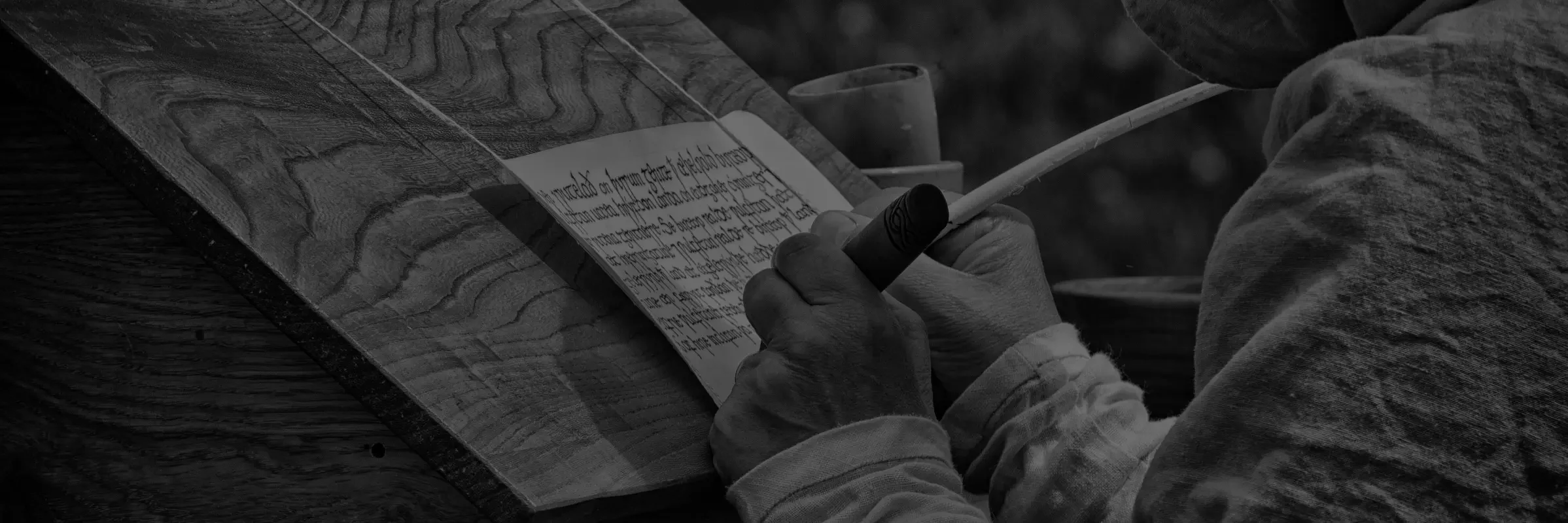Wirral's Hidden History Revealed
Ivar the Boneless
Ivarr hinn Beinlausi or Hyngwar (in old English), Ivar the boneless, was said to be the first born son of Ragnar Lodbrok and his third wife, Aslaug.
Holm-Going
There were two type of duels that were fought in the Viking period amongst Scandinavians. The practice was made unlawful sometime in the 11th century, but the two types were called einvigi and holmgang respectively.
Gods of the Vikings
The gods worshipped by the pagan peoples of Scandinavia consisted of a full pantheon of supernatural deities. I will refer to these gods as those of the Vikings, rather than referring to them as belonging to the Norse, Danes or Rus.
Berserkers
Amongst many of the sagas, including that of the Norse Kings, a class of warriors are exalted and feared above all others. These were the Berserkers (Bersirkir in old Norse). Sometimes they were also referred to as ‘wolfskins’ (Ulfhednar).
Wirral Archaeology feature in new Bernard Cornwell book.
Wirral Archaeology are grateful to Bernard Cornwell for his shout out in the notes for his latest book “War Lord” You can buy the book from your local book shop or from the usual online places.
Anglo Saxon and Viking Warfare
Despite popular myth, the Vikings were not invincible. From the time of Alfred the Great’s victory at Ashdownin 871 the Anglo- Saxons had realised that unity and the implementation of the ‘Burgh’ or Burghal Hidage system would enable them to counter and usually defeat Viking armies.
The boat beneath the car park.
In 1938 workmen who were building the Railway Inn at Meols found what they described as “a Viking boat” in one of their excavations. They were told to ignore it and get on with the work of building the pub. No other investigations were carried out. A year later World War II started so there were other more urgent priorities to deal with.
The Cheshire Shore
Wirral has a fascinating history along our sea-coast to the Irish Sea that has been long forgotten by most people including communities living in the area. We hope that this project will help to revive interest in the history of this area, and its place in our local and national heritage.
The Irish Sea coastline that we see now was very different in the past and extended much further out to sea. The coast has been gradually eroded away by the sea over the centuries, and the erosion would have continued to this day without the construction of the sea wall along most of the coastline. Many places that were once inhabited have been inundated. The township of Meols itself has probably migrated inland over the centuries as the sea gradually took away the land.

